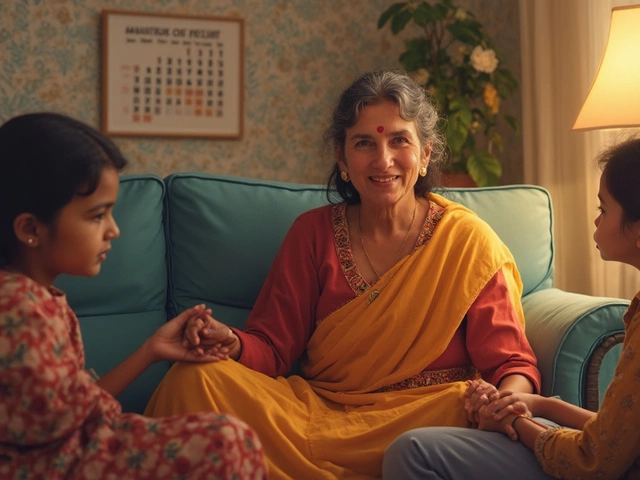Cancer Research: What’s New, What Hurts, and How Long People Live
If you’ve ever Googled “cancer research,” you’ve probably hit a flood of medical jargon. Let’s cut through the noise and give you straight‑forward answers about the toughest treatments, the cancers that kill the most, and which ones you can beat with early detection.
Why Some Cancer Treatments Feel Like Torture
Modern chemo and radiation can shrink tumors, but they also attack healthy cells. That’s why many patients call certain regimens the most painful cancer treatments. For example, high‑dose chemotherapy for bone marrow transplants often leads to severe mouth sores, nausea that won’t quit, and bone pain that feels like a busted tooth. Radiation to the head and neck can scorch the skin and make swallowing painful. Knowing these side effects ahead of time helps you prep—talk to your doctor about anti‑nausea meds, mouth rinses, and pain‑killers that won’t interfere with the treatment.
Newer options like targeted therapy and immunotherapy aim to spare normal tissue, but they come with their own flare‑ups, such as skin rash or joint aches. The key is staying alert: if a symptom gets worse, let your care team adjust doses or add supportive drugs.
Deadliest Cancers and Those You Can Beat
Not all cancers are created equal. Pancreatic, lung, liver, and brain cancers sit at the top of the death list, largely because they’re caught late and spread fast. Pancreatic cancer, for instance, shows few early signs, so most patients hear the news when the disease has already spread.
On the flip side, cancers like thyroid, prostate, and early‑stage breast cancer have survival rates above 90 % when diagnosed early. Screening tests—mammograms, PSA checks, and low‑dose CT scans for high‑risk smokers—make a huge difference. If you’re over 50 or have a family history, ask your doctor about a tailored screening plan.
Some cancers are technically “incurable” with current therapies. Advanced pancreatic, certain brain tumors (glioblastoma), and metastatic melanoma used to fall in that bucket. However, breakthrough trials are shifting those borders. Immunotherapy, for example, has turned some previously terminal cases into long‑term survivors.
Bottom line: the odds improve dramatically with early detection, personalized treatment, and supportive care. Keep an eye on any new lumps, persistent coughs, unexplained weight loss, or changes in bowel habits, and don’t postpone a doctor’s visit.
Staying informed about cancer research not only helps you make better health choices but also empowers you to ask the right questions. Whether you’re dealing with pain from a therapy, worried about a deadly type, or hoping for a high survival rate, the facts are out there—use them to guide your next move.

Understanding Uncurable Cancers: Insights and Advances
Discover the types of cancers for which current medical science offers no definitive cure. Explore the complexities that make some cancers difficult to treat successfully, and learn about emerging research that aims to turn the tide. This dive into oncology highlights the hope and challenges faced by both doctors and patients. A pragmatic look at the steps being taken toward a future with fewer untreatable cancers.

Which Country Has the Unhealthiest Diet?
Apr, 15 2025

30 30 30 Diet: What It Really Means for Weight Loss
Apr, 27 2025

Heart Surgery Duration: What to Expect
Jan, 7 2025

What's the Safest Diabetic Medicine to Take?
Apr, 1 2025
